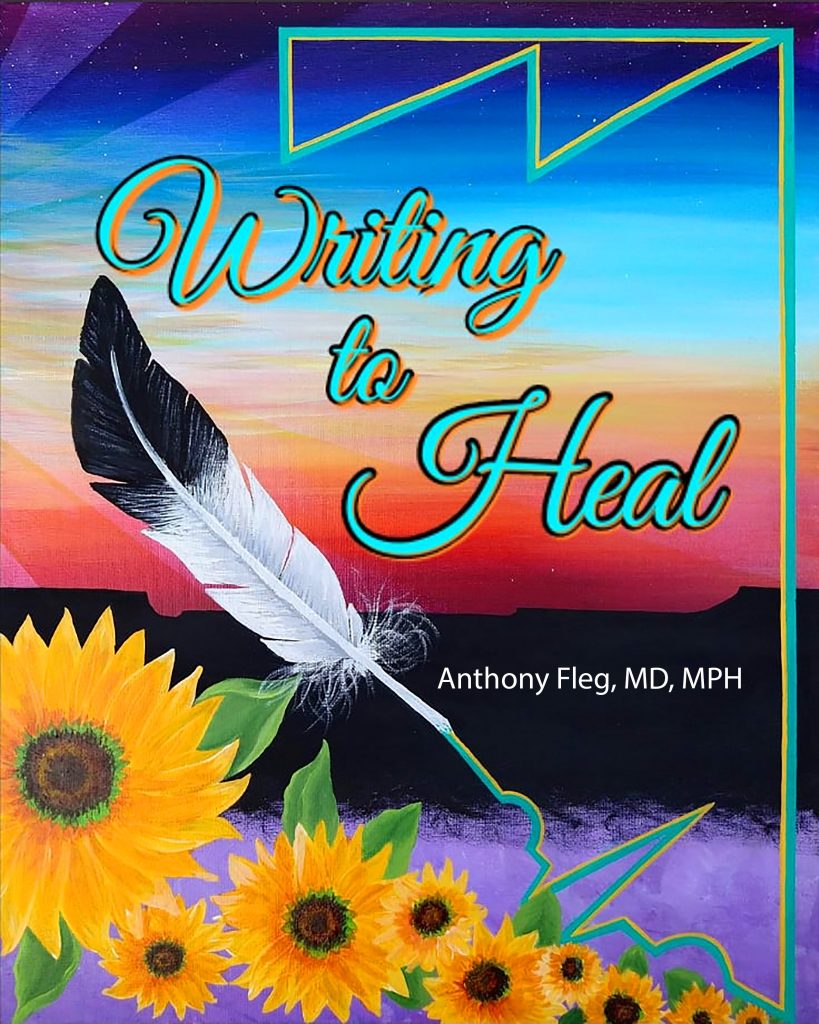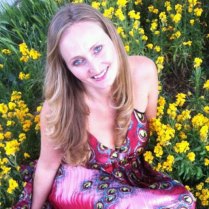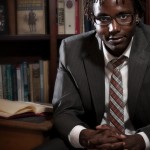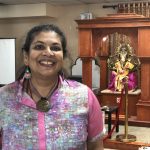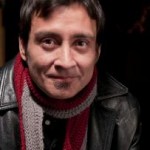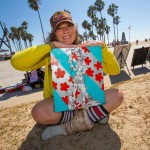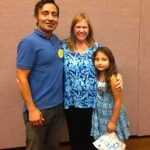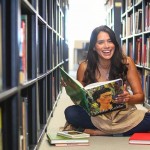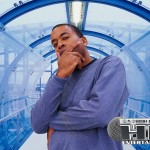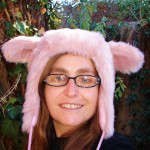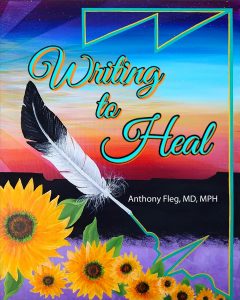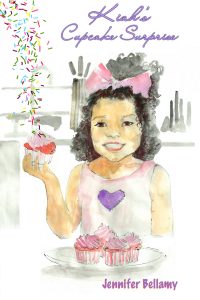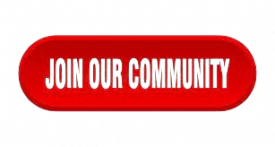We heal when we move.
If I were younger, I might follow that five-word sentence with “#truth”.
My life experience and my experience as a physician tells me that the best prescription is to move. Movement in a physical sense, of course. A way to clear the mind, an invitation to breathe deep, a chance to let life slow.
Movement Heals in Other Ways
When we move things emotionally, we heal in other ways. We push past those things holding us back, letting go of things that no longer serve our Highest Self. This is not always easy, often requiring us to face things we have tried to suppress and ignore.

Movement is not always easy.
But movement always heals.
Energetic and Spiritual Movement
We can also create movement energetically and spiritually. These are the moments where we face our deepest thoughts and identity, connecting to the sacredness of life. Prayer, meditation, and service are some of the many modes of transportation in this realm of movement.
Writing to Heal
When I think of Writing to Heal, I think of movement.
The book is inspired by movement of physical, emotional and spiritual varieties. Many of the pieces written in my heart during runs. The process of writing itself was movement for me toward healing all of the wounds inflicted by COVID. I always reminded myself of this – the writing would be strengthened if I didn’t worry about writing for others and instead wrote as movement for myself. I trusted that this would translate to helping others move.
I am excited to share this pandemic journey to healing with my brothers and sisters. I expect that Writing To Heal will be an antidote for stagnation in all of our lives.
As the younger ones would say, #movement heals #writing_to_heal_book
Find more information about my book Writing to Heal here…
Anthony Fleg, MD / MPH

Anthony Fleg is a family medicine physician, a healer whose work is grounded in love, culture and community. He is originally from Baltimore, MD and has three younger brothers…Anthony lives in Albuquerque, NM with his wife Shannon, a Dine’ (Navajo) woman who guides him in life’s adventures. They co-direct the Native Health Initiative and have four children (Nizhoni, Bah’Hozhooni, Shandiin and Sihasin) that are the center of their lives
